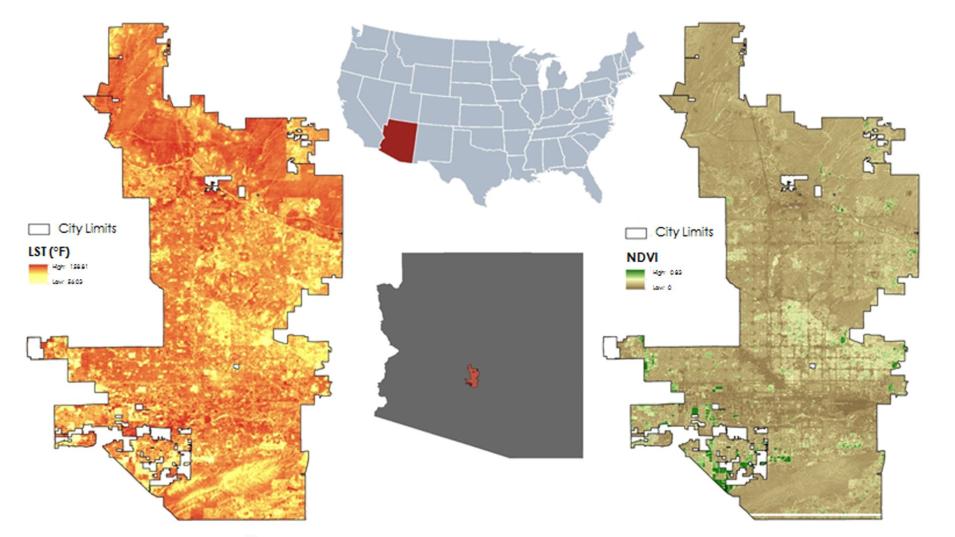During the Spring 2017 term of NASA’s DEVELOP National Program, participants used geospatial data and technologies to analyze several land use and environmental applications across the world. Each project completed by a DEVELOP team is conducted in partnership with state and federal agencies or organizations local to the study area. Fundamental to the analytical and geospatial component of each of these projects is NASA Earth science remote sensing data. Many of these projects use data collected by the Moderate Resolution Imaging Spectroradiometer (MODIS) sensor onboard NASA’s Terra and Aqua platforms, the Terra Advanced Spaceborne Thermal Emission and Reflection Radiometer (ASTER), and derived data from NASA’s Shuttle Radar Topography Mission (SRTM), all data that are distributed by NASA's Land Processes Distributed Active Archive Center (LP DAAC).
All projects conducted in the Spring 2017 term, as well as in past terms, can be found in the DEVELOP archive.
One of the projects, Beating the Heat: Assessing Extreme Temperatures of Public Transit, used NASA Earth observation data to study land surface temperature and vegetation presence along bus transit stops during the extremely hot summers in Phoenix, Arizona. Summer air temperatures in Phoenix often exceed 106°F (42.1°C), which can lead to heat-related illnesses in the community. This is of concern for residents who spend time outside waiting at bus stops as they are at a particular risk of heat stroke and heat exhaustion. Currently, the Phoenix Transit Department decides where to improve shade structures based on the number of riders who use the bus stops and the status of existing shelters.
